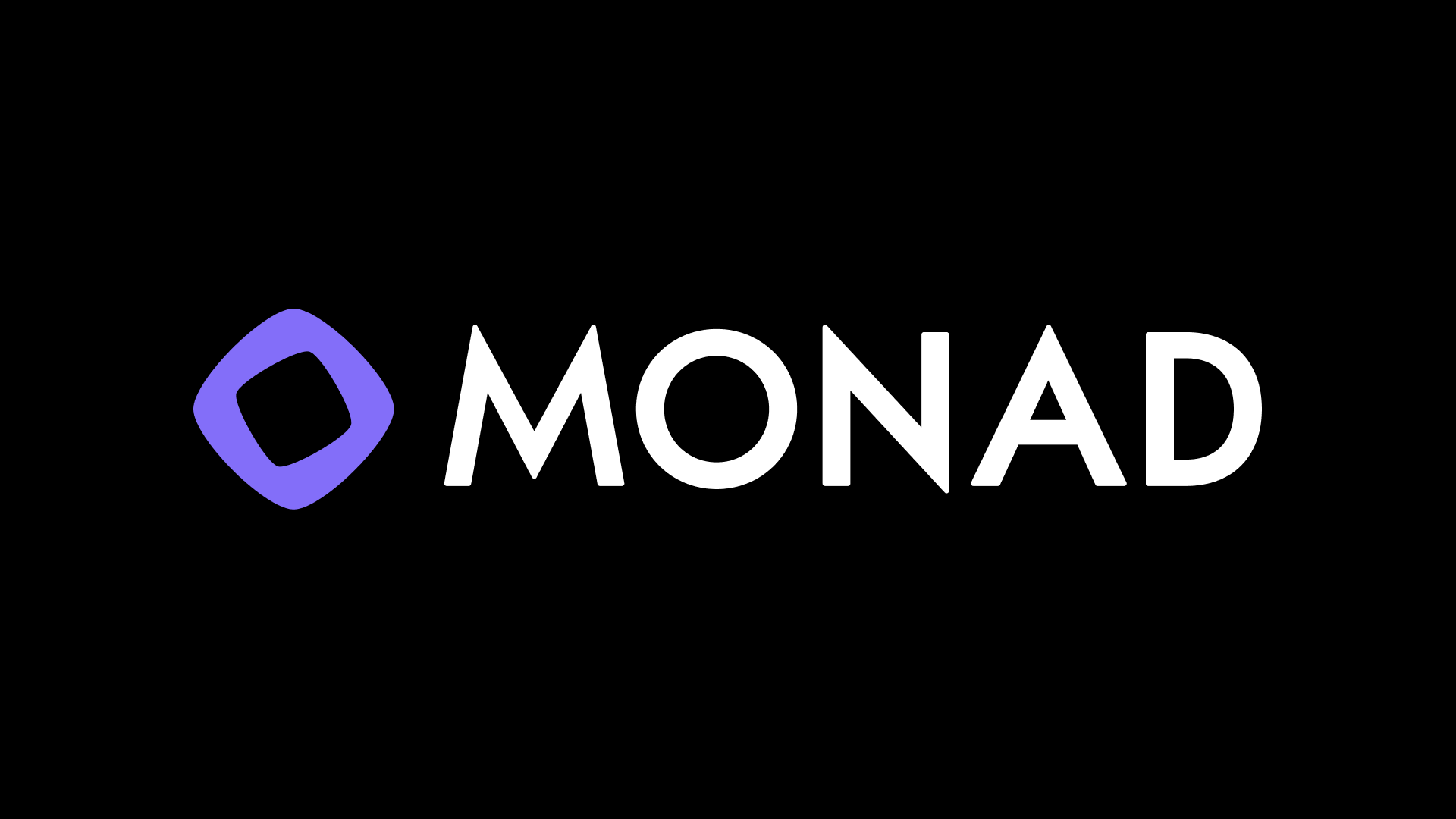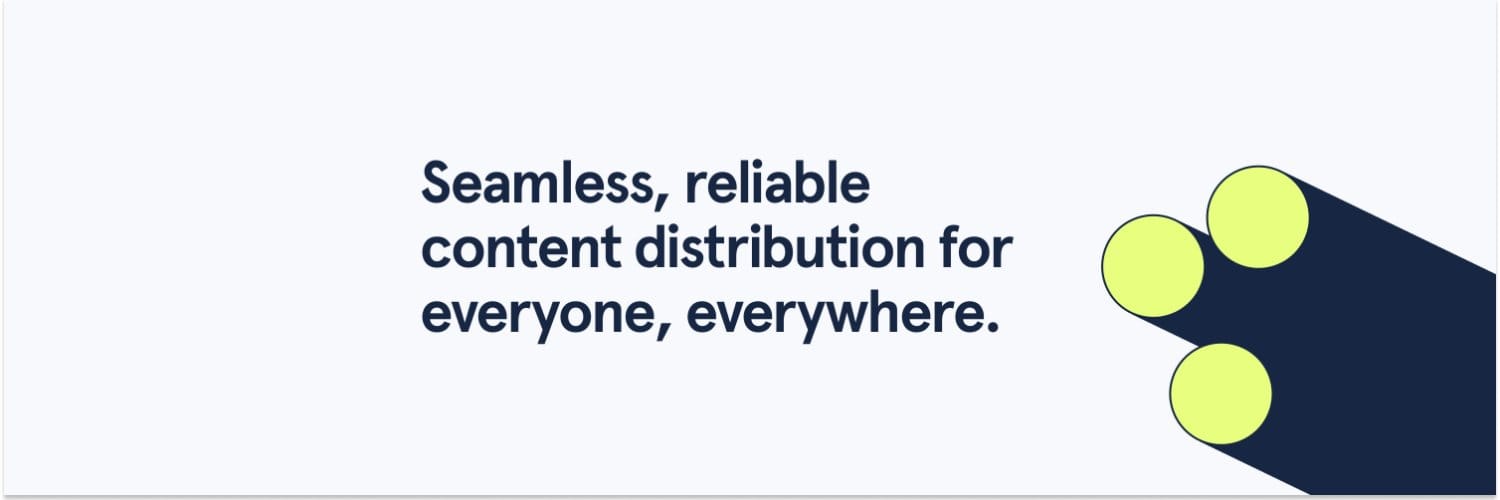Drosera Network: Revolutionizing DeFi Security and How to Run a Node
Posted on April 20, 2025 by Admin

Decentralized Finance (DeFi) has transformed the financial landscape, but with great innovation comes great risk. Since 2014, DeFi protocols have lost nearly $80 billion to exploits, highlighting the urgent need for robust security solutions. Enter Drosera Network, a decentralized security protocol built on Ethereum that aims to safeguard DeFi ecosystems through automated threat detection and response. In this article, we’ll dive deep into what Drosera Network is, why it matters, and provide a step-by-step guide to running a Drosera Operator Node on its testnet.
What is Drosera Network?
Drosera Network is a groundbreaking protocol designed to protect DeFi applications by automating the detection and mitigation of exploits. Built as an Actively Validated Service (AVS) on EigenLayer, Drosera leverages Ethereum’s consensus mechanisms and restaking to create a decentralized, developer-friendly security infrastructure. Its mission is to establish the world’s first Decentralized Automated Responder Collective (DARC), enabling smart contracts to analyze on-chain data and respond to threats in real time.
Key Features
- Traps: Smart contracts that collect and analyze on-chain data. Each Trap has two core functions:
collect: Gathers historical blockchain data into a structured format.isValid(orshouldRespond): Evaluates the data and returnstrueif an anomaly is detected, triggering a response.
- Operators: Decentralized nodes that execute Trap logic on every Ethereum block and perform on-chain responses when triggered. Anyone can run an operator node without being an Ethereum validator.
- Response Contracts: Predefined contracts that execute emergency actions, such as pausing a protocol or liquidating assets, when a Trap is activated.
- EigenLayer Integration: Drosera uses EigenLayer’s restaking mechanism to enhance economic security, allowing staked ETH to secure both Ethereum and Drosera’s services.
Why Drosera Matters
DeFi’s growth has been hampered by costly and complex security systems. Traditional monitoring solutions are centralized, expensive, and prone to censorship. Drosera addresses these challenges by:
- Simplifying Security: Developers can create Traps to monitor specific metrics (e.g., treasury balances or collateral ratios) without building complex systems from scratch.
- Decentralization: By relying on a network of operators, Drosera eliminates single points of failure and ensures objective, censorship-resistant responses.
- Advanced Analytics: Traps enable time-series analysis of on-chain data, detecting sophisticated exploits like liquidity siphons or abnormal transaction patterns.
- Cost Efficiency: Protocols can outsource security to Drosera’s operator network, reducing development and maintenance costs.
Use Cases
Drosera’s flexibility makes it suitable for various DeFi applications:
- Treasury Management: Monitor for unauthorized withdrawals and trigger alerts or pauses.
- Lending Platforms: Detect under-collateralized loans and initiate partial liquidations.
- Decentralized Exchanges (DEXs): Identify market manipulation or bot activity and notify governance.
- Liquidity Analysis: Track pool health and flag anomalies in real time.
Drosera’s Ecosystem and Progress
Drosera has raised $1.55 million in its initial funding round and reportedly secured an additional $4.6-$4.75 million, according to recent posts on X. The project is actively developing, with its testnet live as of April 2025 (launched in Q2 2024). The community is engaged, with resources like the Drosera DApp (https://app.drosera.io/) for managing Traps and detailed guides on GitHub.
Strengths
- Deep integration with Ethereum and EigenLayer.
- Developer-friendly tools, including Foundry templates for creating Traps.
- Scalable use cases across DeFi verticals.
- Active community support from contributors like @0xMoei and @bigray0x on X.
Challenges
- Success depends on operator participation and Trap quality.
- Competition from established DeFi security solutions.
- Testnet is still in early stages, with mainnet and reward details pending.
How to Run a Drosera Operator Node
Running a Drosera Operator Node is a great way to get involved in the testnet and potentially earn future rewards. Below is a concise guide based on the official documentation (https://github.com/0xmoei/Drosera-Network).
System Requirements
- OS: Ubuntu (Linux preferred).
- Hardware: 2+ core CPU, 4GB+ RAM, 20GB SSD (NVMe recommended).
- Software: Docker, curl, git, ufw, build-essential.
- Wallet: An EVM-compatible wallet with Holesky ETH for testnet transactions.
- Private Key: For operator registration.
Step-by-Step Setup
- Connect to Traps
- Visit https://app.drosera.io/ and connect your EVM wallet.
- Navigate to Traps Owned or search for a Trap by address.
- Click Opt-in to link your operator to the Trap.
- Optionally, send a Bloom Boost with Holesky ETH to enhance the Trap.
- Manage the Node
- Stop:
docker compose down -v - Restart:
docker compose up -d - Check Status:
sudo systemctl status drosera - Ignore minor errors like
Failed to gossip message: InsufficientPeersduring testnet.
- Stop:
Monitor Performance
Use the operator-monitoring-stack for advanced monitoring:
git clone https://github.com/drosera-network/operator-monitoring-stack
Configure docker-compose.yml and run to visualize metrics in Grafana.
Run the Node
Pull the Docker image:
docker pull ghcr.io/drosera-network/drosera-operator:latest
Start the node:
cd Drosera-Network
docker compose up -d
Register Operator
Register your node with the Holesky testnet:
drosera-operator register --eth-rpc-url https://ethereum-holesky-rpc.publicnode.com --eth-private-key YOUR_PRIVATE_KEY
Replace YOUR_PRIVATE_KEY with your EVM wallet’s private key.
Clone Drosera Repository
git clone https://github.com/0xmoei/Drosera-Network
cd Drosera-Network
Edit the .env file if needed to add your private key or RPC URL.
Configure Firewall
Open necessary ports (31313, 31314, and SSH):
sudo ufw allow ssh
sudo ufw allow 22
sudo ufw allow 31313/tcp
sudo ufw allow 31314/tcp
sudo ufw enable
Download Drosera Operator
Fetch the latest release (e.g., v1.16.2):
curl -LO https://github.com/drosera-network/releases/releases/download/v1.16.2/drosera-operator-v1.16.2-x86_64-unknown-linux-gnu.tar.gz
tar -xvf drosera-operator-v1.16.2-x86_64-unknown-linux-gnu.tar.gz
Verify the installation:
./drosera-operator --version
Move the binary to a global path:
sudo cp drosera-operator /usr/bin
drosera-operator
Install Dependencies
Update your system and install required packages:
sudo apt update
sudo apt install curl ufw iptables build-essential git wget lz4 jq make gcc nano automake autoconf tmux htop nvme-cli libgbm1 pkg-config libssl-dev libleveldb-dev tar clang bsdmainutils ncdu unzip libleveldb-dev -y
Install Docker:
sudo apt install docker.io docker-compose -y
sudo systemctl start docker
sudo systemctl enable docker
Tips
- Stay Updated: Check the official GitHub or https://drosera-network.github.io/ for the latest instructions.
- Community Support: Follow @0xMoei and @bigray0x on X for troubleshooting tips.
- Rewards: While testnet rewards are not yet confirmed, early participation may offer future incentives.
Final Thoughts
Drosera Network is poised to redefine DeFi security with its innovative approach to automated threat detection and decentralized response. By integrating with Ethereum and EigenLayer, it offers a scalable, cost-effective solution for protocols and developers. Running a Drosera Operator Node is a straightforward way to contribute to this ecosystem while gaining hands-on experience with cutting-edge blockchain technology.
Ready to secure the future of DeFi? Set up your Drosera node today and join the decentralized security revolution! For more details, visit the official Drosera documentation or connect with the community on X
Top post

Blockcast: Accelerating the Internet, Connecting the World
What is Blockcast? Blockcast is a next-generation Content Delivery Network (CDN) that uses multicast technology to address bandwidth challenges in the era of booming streaming. Born at UC Berkeley, the project aims to build a decentralized network that leverages community power to deliver high-quality content like 4K and 8K globally while slashing costs for providers. With the slogan "Content Delivery, Powered By You!", Blockcast is not just a technology but an ecosystem where anyone can parti
June 2, 2025

Analysis of Nockchain: A ZK-Proof-of-Work Blockchain
Introduction to Nockchain In the fast-evolving world of blockchain, Nockchain emerges as a unique project aiming to revolutionize decentralized computing. Founded in 2023 in Berlin, Germany, Nockchain is a high-throughput blockchain leveraging a Zero-Knowledge Virtual Machine (ZKVM) and a novel ZK-Proof-of-Work (ZKPoW) consensus mechanism. With its native token, $NOCK, and a promise of a fair launch, Nockchain has sparked interest in the Web3 community. However, controversies at its mainnet lau
May 29, 2025

Monad: The Future of Layer 1 Blockchain with Unparalleled Performance
As the blockchain industry continues to evolve, Monad emerges as a promising Layer 1 (L1) blockchain, delivering exceptional performance and scalability. Aiming for 10,000 transactions per second (TPS), a block time of just 0.5 seconds, and full compatibility with the Ethereum Virtual Machine (EVM), Monad is capturing the attention of developers and users alike. Let’s dive into the details of this groundbreaking project and discover how you can get involved today! What is Monad? Monad is a La
May 12, 2025

Drosera Network: Revolutionizing DeFi Security and How to Run a Node
Decentralized Finance (DeFi) has transformed the financial landscape, but with great innovation comes great risk. Since 2014, DeFi protocols have lost nearly $80 billion to exploits, highlighting the urgent need for robust security solutions. Enter Drosera Network, a decentralized security protocol built on Ethereum that aims to safeguard DeFi ecosystems through automated threat detection and response. In this article, we’ll dive deep into what Drosera Network is, why it matters, and provide a s
April 20, 2025

Gensyn: Revolutionizing AI Compute and Guide to Running a Node
Introduction to the Gensyn Project Gensyn is a decentralized Machine Learning Compute Protocol designed to connect global computing resources into a supercluster tailored for artificial intelligence (AI). Developed by a UK-based team, Gensyn aims to reduce the costs of training AI models, increase accessibility for researchers, engineers, and academics, and ensure transparency and censorship resistance through blockchain technology. Goals and Vision * Cost Reduction: Gensyn claims it can cu
April 14, 2025

Pipe Network: The Future of Decentralized CDN and Opportunities from the Node DevNet 2 Program
In the digital era, where the speed of content delivery is a critical factor, content delivery networks (CDNs) have become indispensable in ensuring a seamless user experience. However, giants like Cloudflare and Akamai, while powerful, remain constrained by their traditional centralized models. Enter Pipe Network—a decentralized CDN built on the Solana blockchain—emerging as a fresh contender promising to revolutionize how we approach content distribution. Notably, its current Node DevNet 2 pro
March 18, 2025